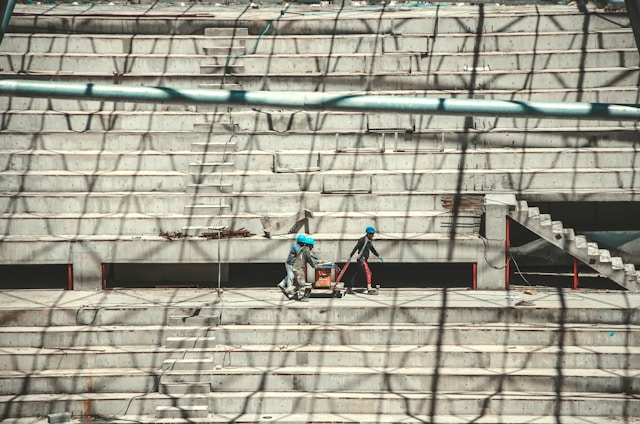
The University of Oklahoma has formally launched “The Palace Project,” a massive $450 million renovation to the West side of Gaylord Family — Oklahoma Memorial Stadium, marking the school’s most ambitious football infrastructure investment in its history. The project, financed through private donations and the athletic department, reflects the rising financial stakes of college football and the need to expand revenue during the revenue-sharing era.

Athletic director Joe Castiglione emphasized that the overhaul aligns with a long-term strategy that began more than a decade ago. “This is all grounded in what we all want and believe are in the best interest of our program and its future,” Castiglione told The Oklahoman. “So there are times when decisions get made that aren't always fully understood at the time they're made, but they take a little bit of time to see how things evolve.”
The renovation includes 47 suites, 64 loge boxes, around 4,000 club seats, six premium club/lounge areas, an expanded press box, and major upgrades to sound and field lighting systems. OU says the changes are designed to create one of the most modern hospitality-driven stadium experiences in college sports.
In exchange for new luxury amenities, the stadium will lose roughly 7,000 general seats. As a result, the entire facility will undergo a reseating process ahead of the 2028 season — a move that directly affects longtime ticket holders.
“It will be a hands-on approach,” Castiglione explained, reassuring season ticket holders they will all receive options for new seats regardless of their current location. The athletic department plans to meet individually with fans, acknowledging the emotional history tied to their current seats. “We know how people feel about their seats and the history tied to them,” Castiglione said.
OU’s timing is strategic. The Sooners are currently ranked No. 8 in the College Football Playoff race and are two wins away from their first berth since 2019 — a high-visibility moment for launching major funding efforts.
Castiglione argued the investment is essential to sustain national competitiveness in an era where universities must create new revenue sources to support athlete compensation, NIL funding, and facility maintenance. “Other universities just like us are finding innovative ways and pursuing opportunities that basically help support the future sustainability of our programs,” he said.
Construction will begin immediately after the 2027 season and the project is expected to be completed before kickoff of the 2029 season. OU anticipates that some seating may be available during the 2028 season, even if certain amenities are not completed. “It's fair to say that we will be building this over two seasons,” Castiglione said.

University President Joseph Harroz Jr. called the renovation a defining moment for the institution both culturally and competitively. “By acting now, we are creating the greatest and most unique game-day experience in sports… maximizing our home-field advantage, and driving resources directly toward competing for national championships.”
Head coach Brent Venables echoed the excitement, arguing the new stadium design will reshape the fan and player experience. “This game-changing transformation will give new meaning to ‘The Palace on the Prairie.’”
OU confirmed this renovation is only Phase 2 of its long-term stadium plan. Phase 3 will focus on the North end zone and could potentially increase capacity again depending on future demand.
Castiglione left the door open for future expansion: “These are decisions we make with a lot of care, but also with an eye on how we continue to grow our program.”
Originally reported by Colton Sulley in The Oklahoman.